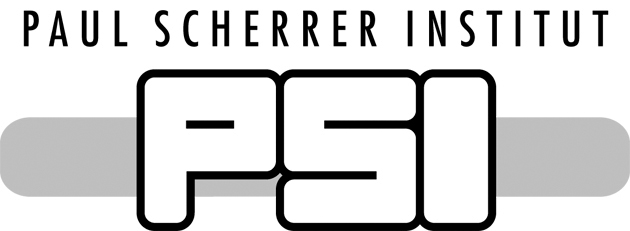
Thursday, October 21, 2021, 16:00
online only
(for the zoom link contact michael.spira@psi.ch, johannes.schlenk@psi.ch or
antonio.coutinho@psi.ch)
Chloé Malbrunot, CERN
Abstract:
The antiproton decelerator (AD) facility at CERN is unique in providing
low energy antiprotons that can be trapped and further manipulated to
produce antihydrogen, a neutral atom consisting entirely of antimatter.
Antihydrogen is a formidable tool for addressing the puzzle of
matter-antimatter asymmetry in the universe through precision tests of
charge-parity-time symmetry (CPT) as well as first measurements of the
effect of the Earth's gravitation field on antimatter. The conservation
of CPT, a fundamental symmetry in quantum field theory, implies that
properties of antimatter particles/atoms (electrical charge, mass,
magnetic moment, atomic spectrum etc) should be equal or exactly
opposite to that of matter. This symmetry was recently subject to high
scrutinity at the AD through the first precision measurements of atomic
transitions in trapped antihydrogen by the ALPHA collaboration.
The ASACUSA collaboration aims at measuring, in a beam, antihydrogen's ground-state hyperfine splitting, the antimatter analogue to the pervading hydrogen 21cm signal in the universe. The beam method allows to overcome the difficulty of inhomogeneous magnetic field gradients present at the antihydrogen formation region. This promises high precision measurements provided enough ground-state antihydrogen can be formed.
In addition to testing CPT invariance, experimental efforts are oriented towards the study of the interaction of antihydrogen atoms with the earth gravitational field. Einstein's weak equivalence principle, central to the theory of relativity, has been tested with matter to a high degree of precision, but has never so far been directly experimentally verified to apply to antimatter even to the sign level. Here as well, different experimental approaches are envisioned to measure g at the AD with a first precision goal between 30% and 1%. The AEGIS collaboration has likewise adopted a beam method and aims at detecting the tiny effect of gravity on the trajectory of antihydrogen atoms in a deflectometer.
After presenting the general context behind experiments with
antihydrogen, my talk will give an overview of the recent achievements
as well as the latest advances to overcome the challenges related to the
amount of ground-state antihydrogen in beam experiments.